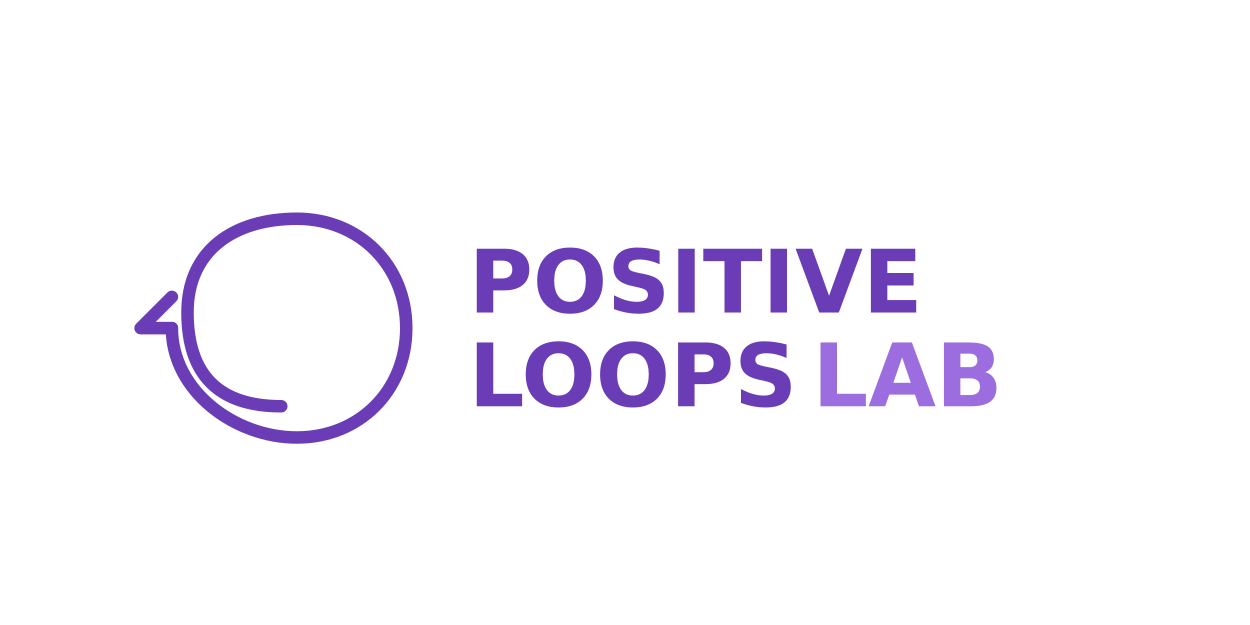Humans have a tendency to avoid change, it is called the Status Quo Bias.
We prefer things as they are, even when presented with alternatives which would benefit us greatly. In financial inclusion institutions, where technology can overhaul outdated and manual processes with great benefits to staff and clients, the Status Quo Bias often reveals itself as resistance to digital transformation. The overall result is a sector that moves slower than it could toward better outcomes for vulnerable populations.
Understanding the Status Quo Bias is essential for any transformation project - if you want to make change happen, you'd better understand the people involved and why they might be resistant to the change.
In my years implementing core banking systems and digital transformation projects across multiple countries, I've observed how this bias operates across all levels of financial institutions - from loan officers, to the Board room. The resistance isn't irrational, it's deeply human.
Here are four practical steps that have consistently helped me overcome status quo bias and drive meaningful technological change in financial inclusion organisations:
Step 1: Understand people's fears
Get to know the people you are working with, on a human level.
Those spreadsheets and manual processes that seem inefficient to you represent hours of developed expertise and professional identity. The loan officer who's been managing client records manually for fifteen years isn't just using an outdated system - she's developed a specialised skill set that gives her value and purpose. The finance team manually consolidating branch data every month isn't just wasting time - they're demonstrating their reliability and commitment through late nights of reconciliation.
When you truly listen, you'll discover that resistance often stems from very real concerns: Will I still be valuable after this change? Will my position be eliminated? Will I be able to learn these new skills? Will clients trust this new approach?
Step 2: Name and label the fears
Legitimate concerns left unaddressed become powerful barriers to change.
When implementing cloud-based systems in financial institutions, I've found that operations staff often worry about their future role if client onboarding becomes automated, while management worries about cybersecurity and data ownership. By explicitly naming these concerns in group settings and one-on-one conversations, we transform vague anxieties into specific challenges that can be addressed. The act of labelling fear removes much of its power and creates space for rational discussion.
This naming process also establishes psychological safety - demonstrating that concerns are valid and respected, not dismissed as mere resistance.
Remember that different stakeholders will have different fears - the CFO worries about different things than the branch manager, IT staff, owner.
Step 3: Focus on the benefits of change, to the individual
People need personalised reasons to embrace change.
General organisational benefits like "improved efficiency" or "better reporting" aren't sufficiently motivating for individuals facing the disruption of familiar routines. Instead, translate benefits to personal impacts: The loan officer who spent hours manually recording transactions will now have more time for meaningful client conversations. The branch manager drowning in paperwork can focus on coaching staff instead. The finance team no longer working nights at month-end close can achieve better work-life balance.
The most powerful motivator I've found is connecting technology adoption to the mission that brought people to financial inclusion in the first place - showing how real-time data enables them to better serve vulnerable communities and demonstrate their impact.
Step 4: Describe the process and changes ahead, with a clear plan and the person's role in that change
Uncertainty amplifies resistance, clarity builds confidence.
People fear the unknown more than the difficult. A detailed implementation roadmap with specific milestones helps team members visualise the journey ahead. Even more important is clarity about each person's role in the transformation - not just what will change, but how they will participate in creating that change. This participation creates ownership and reduces the feeling of change being done "to them" rather than "with them."
Change is never easy, particularly in mission-driven organisations where people are deeply invested in their work.
By understanding fears, naming concerns, personalising benefits, and creating clear pathways, you can help people move beyond their status quo bias toward embracing technologies that ultimately advance your shared mission of financial inclusion. The organisations that thrive will be those that recognise transformation is as much about people as it is about technology.

